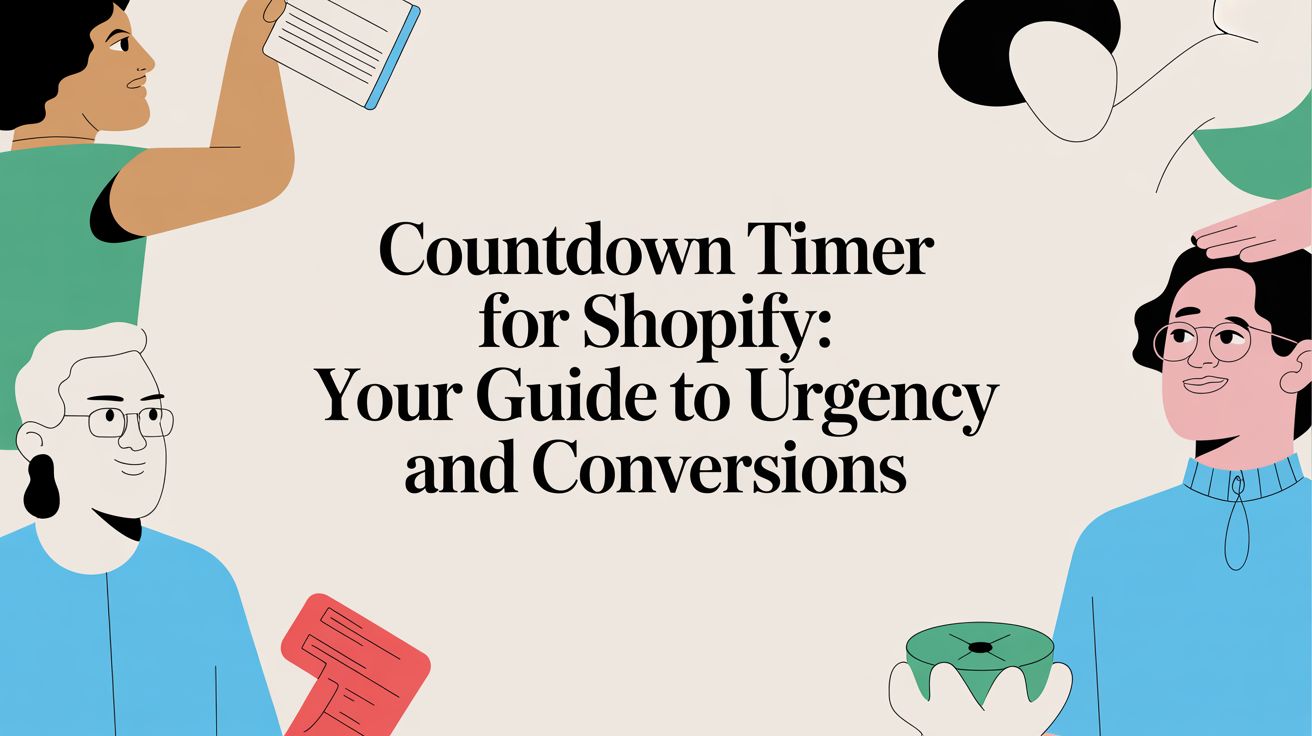
Deinfluencing: The anti-consumption trend taking over social media

Take one look at the consumer-led videos on social media and you’ll see what looks to be the end of influencer marketing. It’s known as “deinfluencing” and taking over the web.
Influencers, large and small, are turning their attention to coveted brands and products that may not be worth the hype. They’re doing so in the name of saving money and preventing over-consumption. So, what does this mean for influencer marketing?
David Hoos, lead marketer at The Outloud Group, a full-service influencer marketing group in Detroit, Michigan, spoke with us about the origin of deinfluencing and what its existence means for brands.
Here’s what he shared:
Consumers desire authenticity
As the name suggests, deinfluencing turns traditional marketing on its head. These influential messages are no longer about what products consumers should rush to buy. Instead, they are items other consumers are urging them to stay away from.
“With a typical influencer campaign you’d have a creator promoting a product that they’re advocating for and deinfluencing is essentially the inverse of that,” Hoos said. “This may be a product they dislike or think is not worth the price.”
Under the deinfluencing tag on social media platforms like Instagram and TikTok, users can be seen offering dupes of luxury products, showcasing products that don’t work well for them, and items that garner some skepticism from getting too much influencer attention. It gives consumers a break from the normal push for materialism while allowing influencers to showcase different aspects of their brands.
“If you’re known for constantly promoting a product, tempering that with ‘Here’s what I wouldn’t do’ can help reestablish some credibility," said Hoos. "Trust is the currency of any influencer program."
Many brands are health and beauty-focused and priced fairly high (one major complaint by consumers). Before the deinfluencing movement gained traction earlier this month, the same products were all the rage and thought to be worth every penny spent.
But now questions of whether or not consumers should spend $50 on one single tube of mascara have become increasingly common. If paying for “high-end” products doesn’t result in a quality experience, are consumers truly getting the value they’ve been promised?
There is value, however, in authentic influencer campaigns.
“The deinfluencing trend reinforces a fundamental truth that creators shouldn’t partner with brands that they don’t genuinely like,” said Hoos. “If an influencer has been meaning to try a brand or already has the product, they will produce a more authentic video.”
And the same goes for brands looking to partner with influencers. A makeup brand with a less-than-inclusive shade range shouldn’t send PR packages to influencers who can’t comfortably wear their products. A fast-food restaurant specializing in meat products shouldn’t reach out to vegans without having the necessary dietary expertise.
“The deinfluencing trend could expose more risk to brands doing that shotgun method of sending products to a bunch of people. If it’s not personalized, you could have influencers who put up some really honest videos because the approach was tone-deaf,” said Hoos.
Deinfluencing doesn’t have to be the end of influencer marketing - just another iteration. Placing a strong focus on brand value, consumer needs, and genuine alignment with content creators can help satisfy consumers and drive positive reviews.

Lindsay Keener is a brand journalist for Quikly. She covers stories that help to inform and educate consumer-facing marketers.
